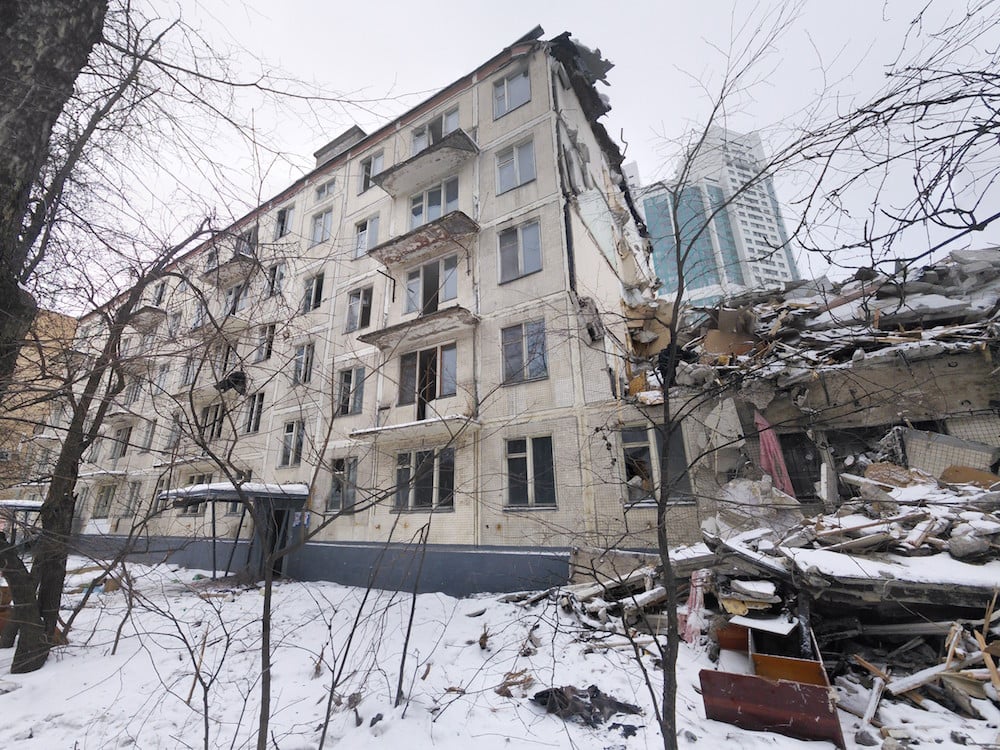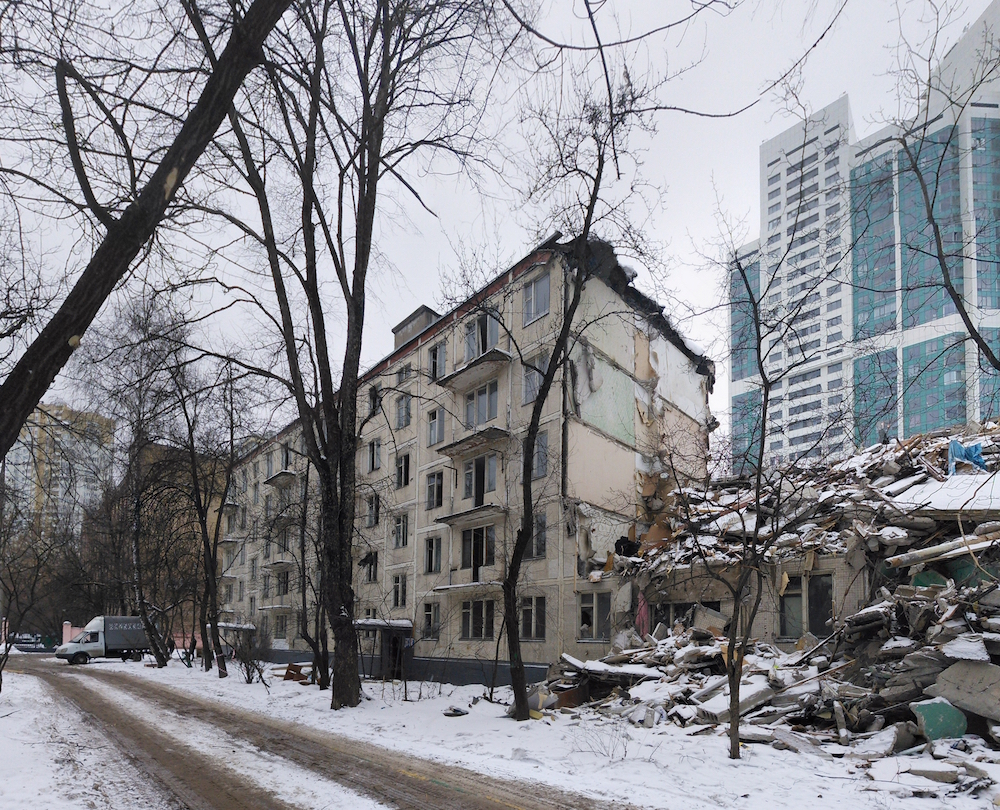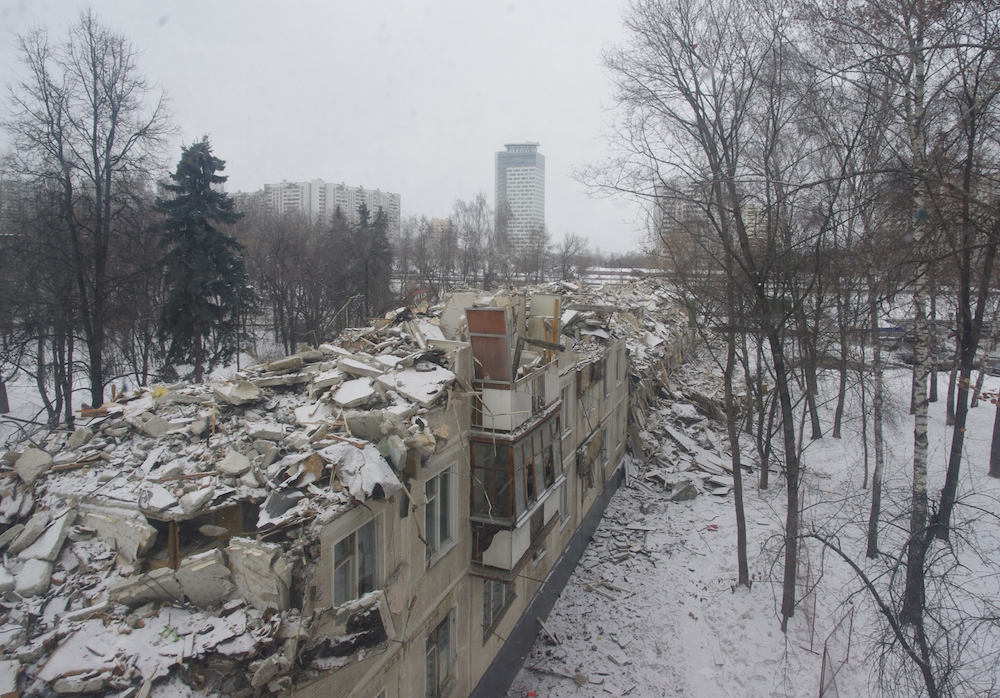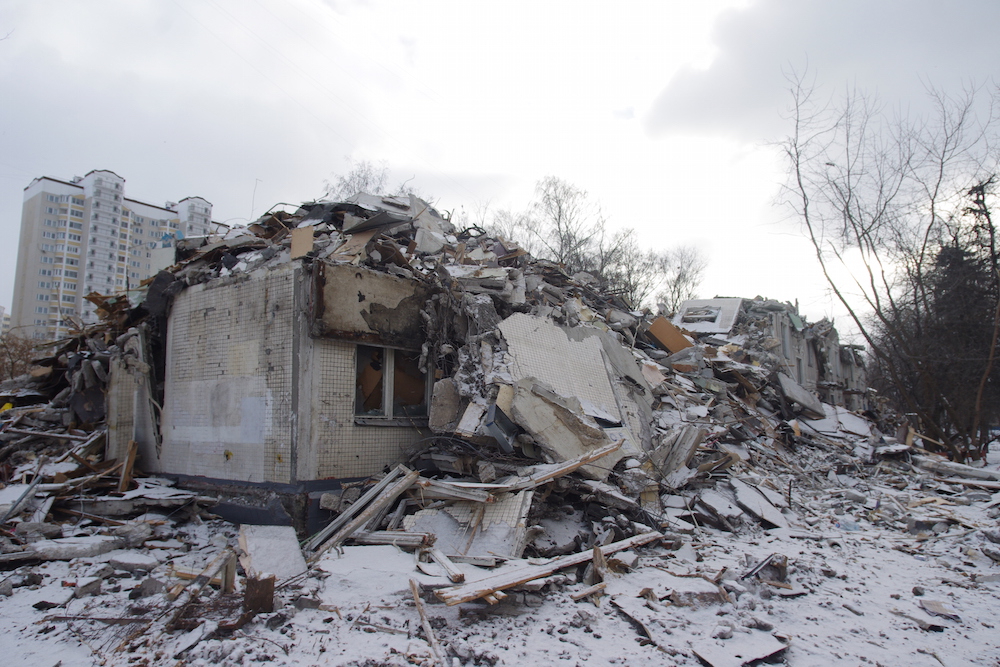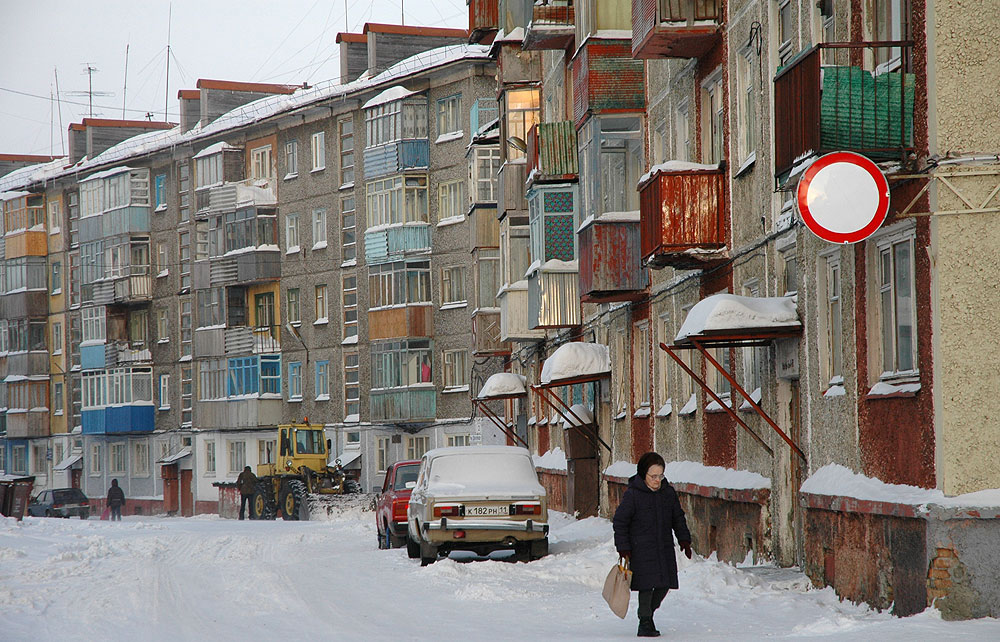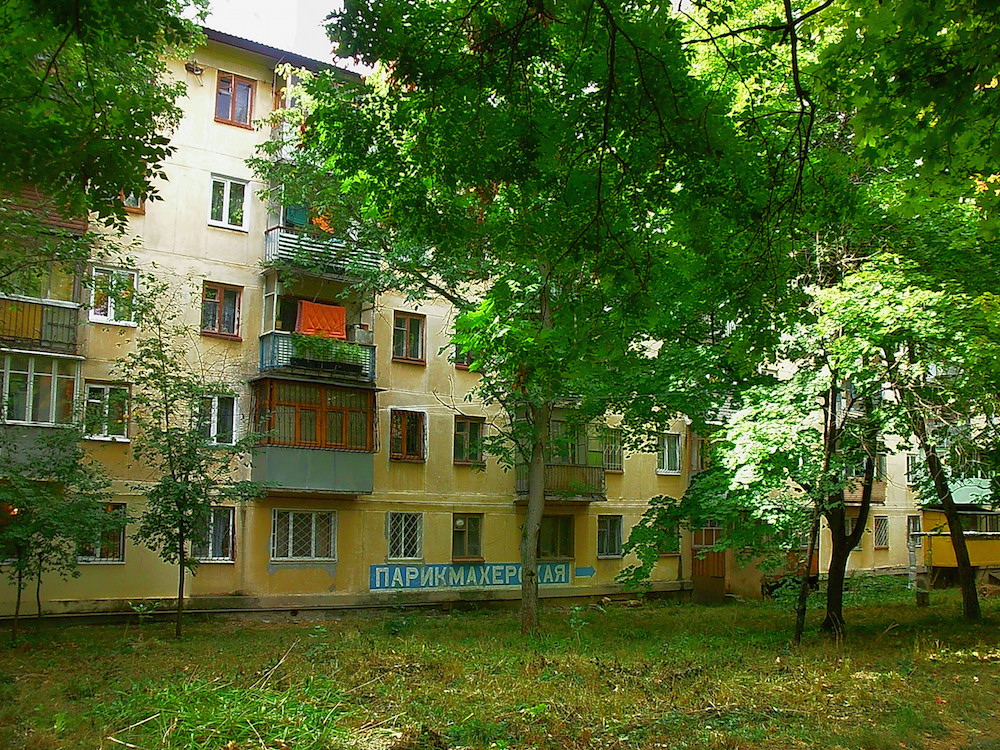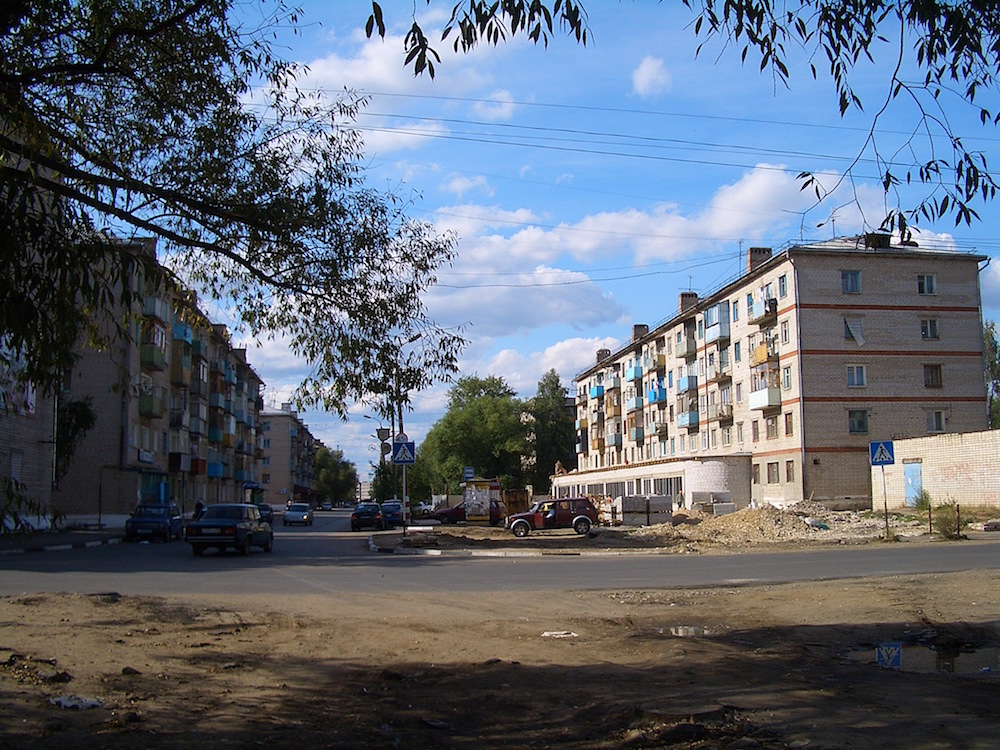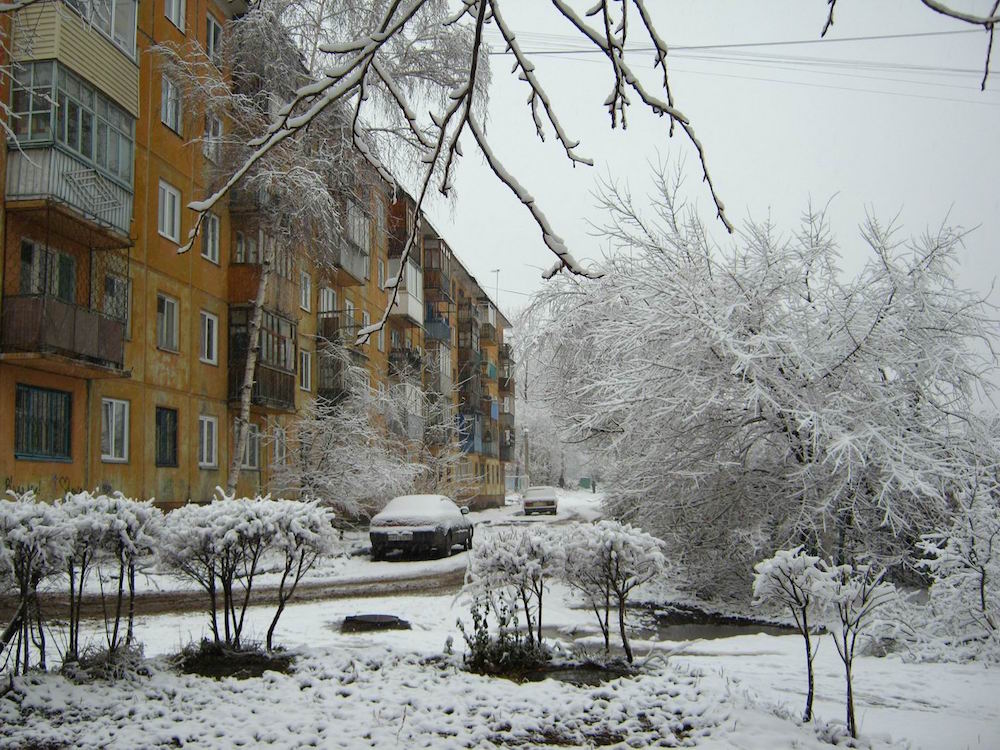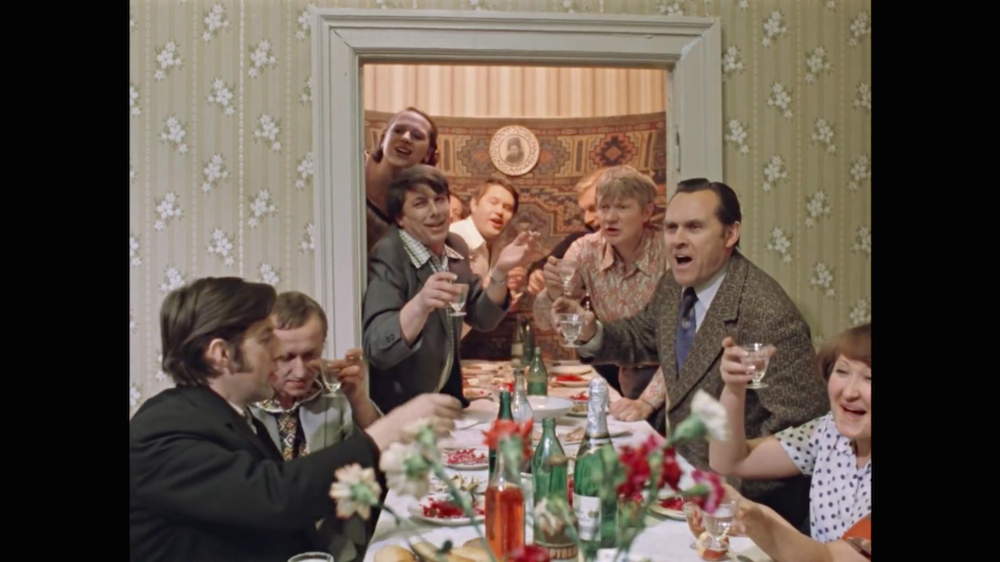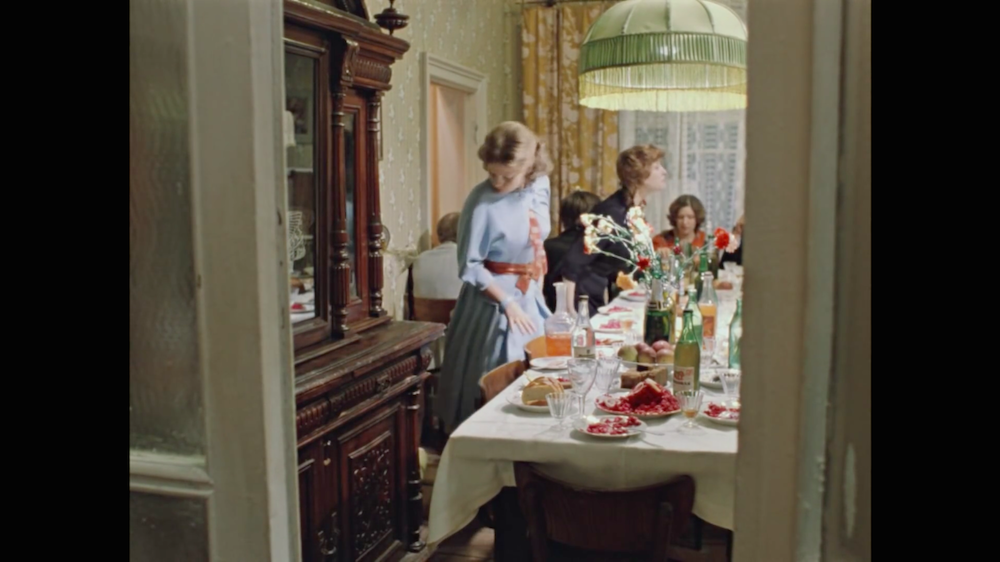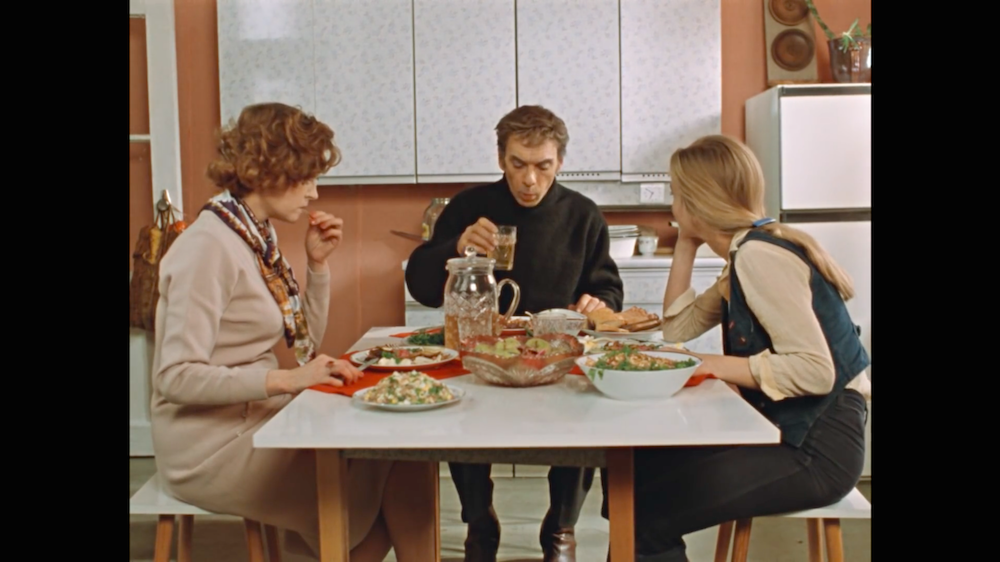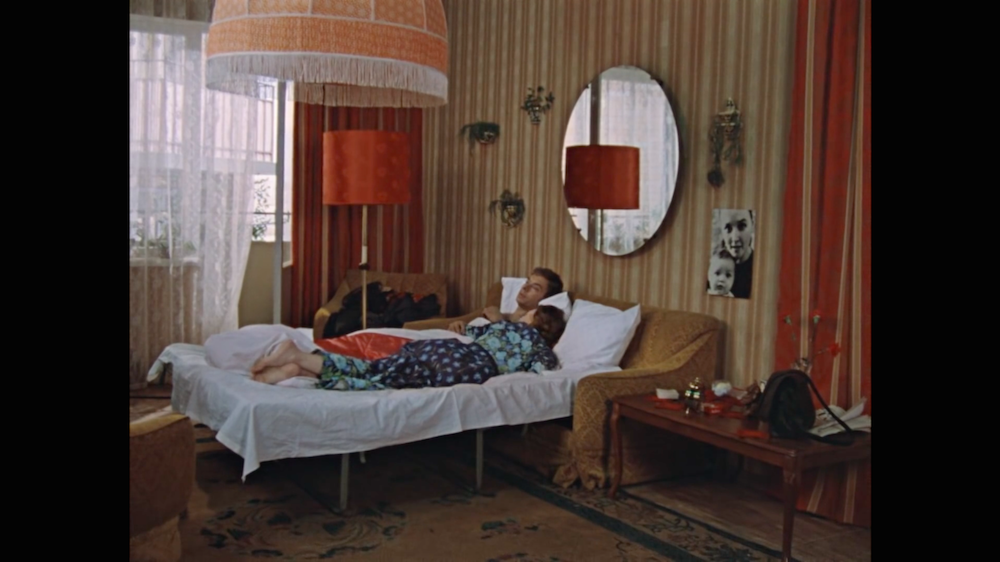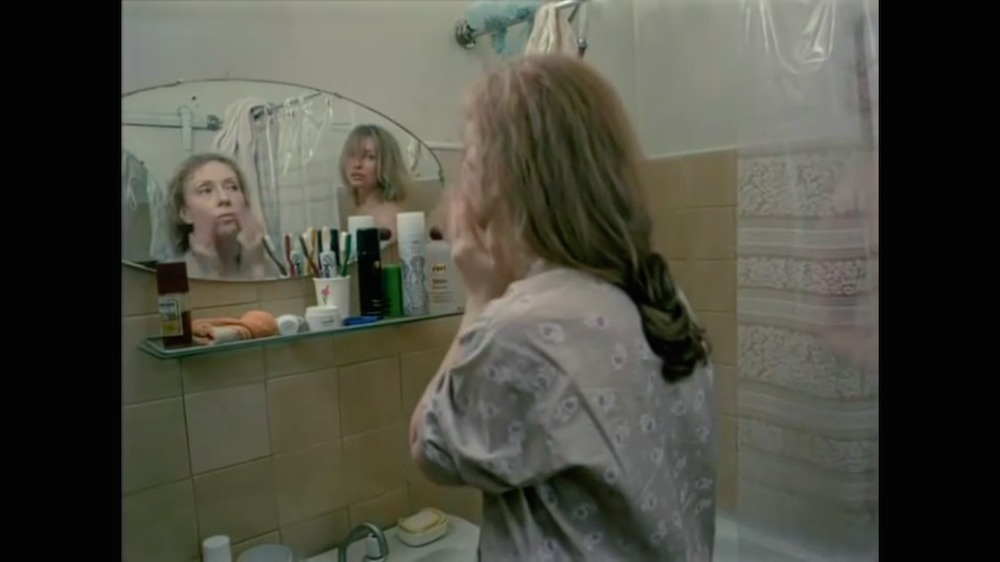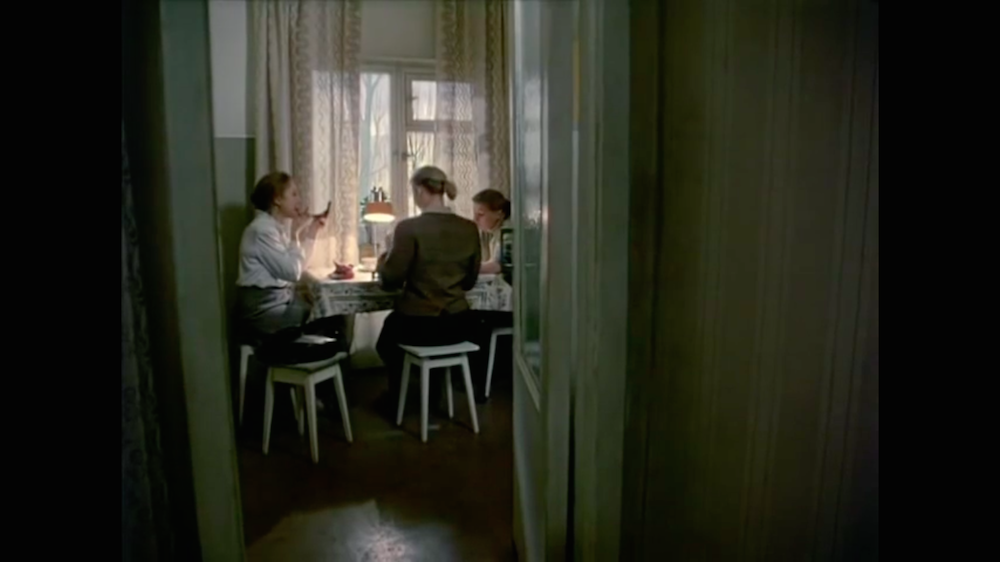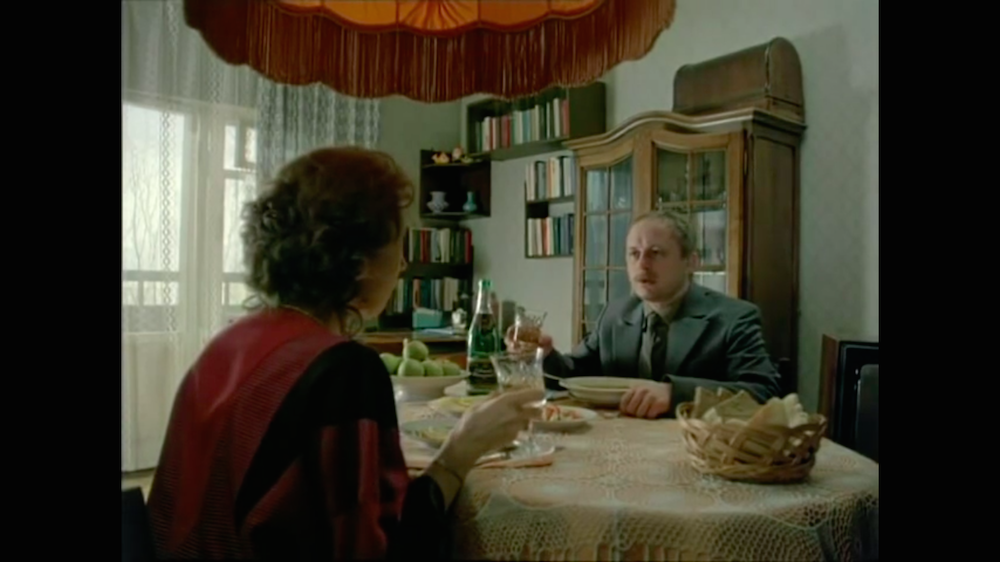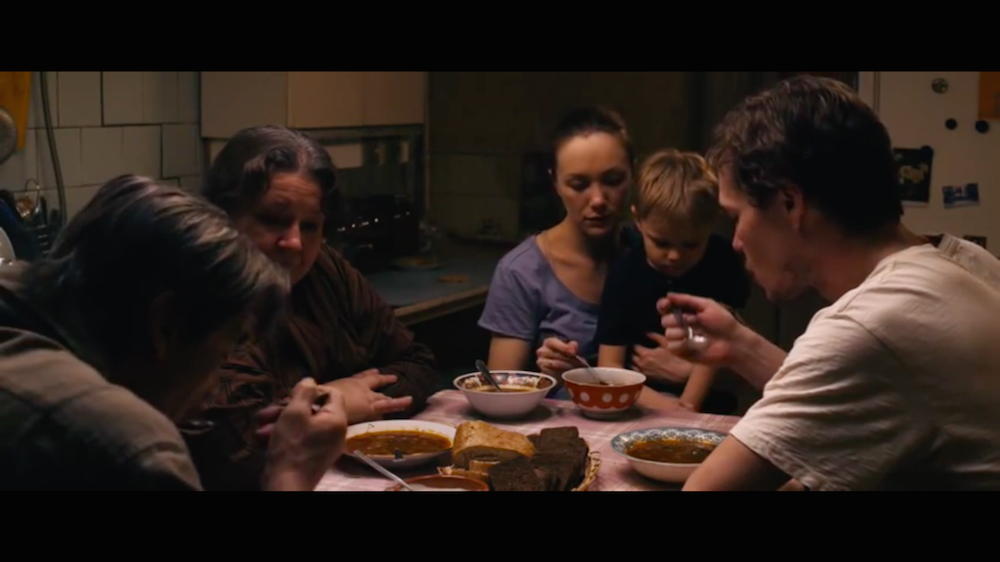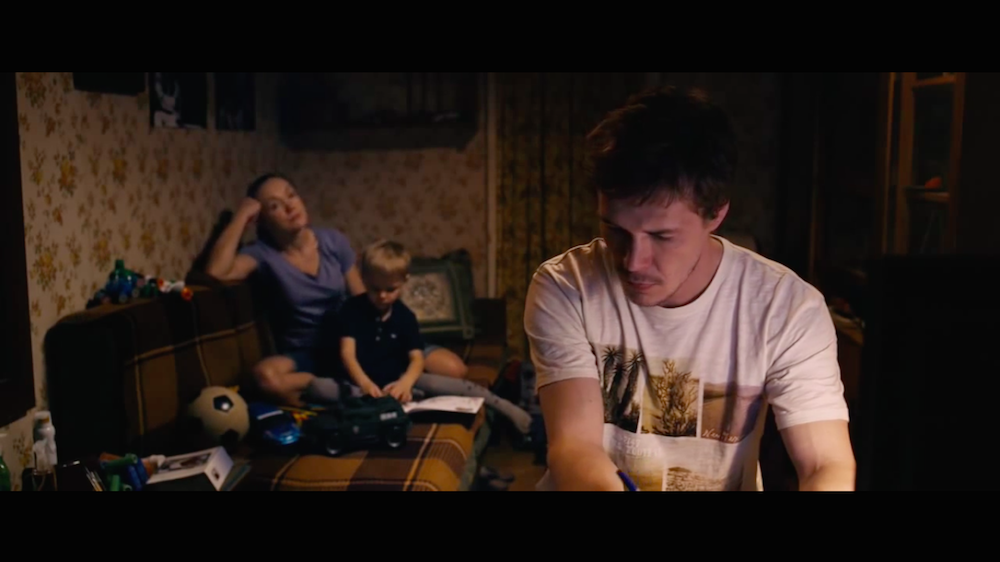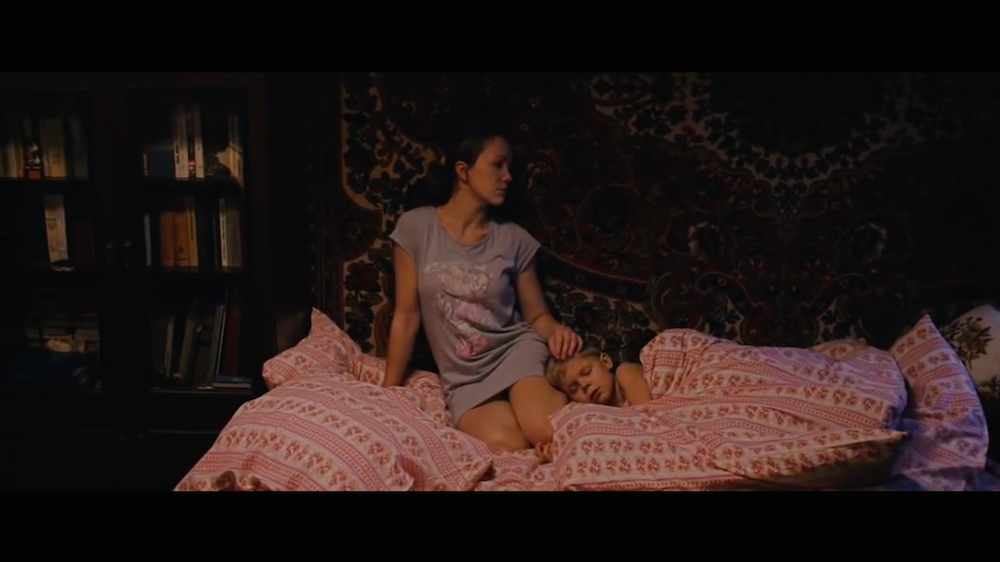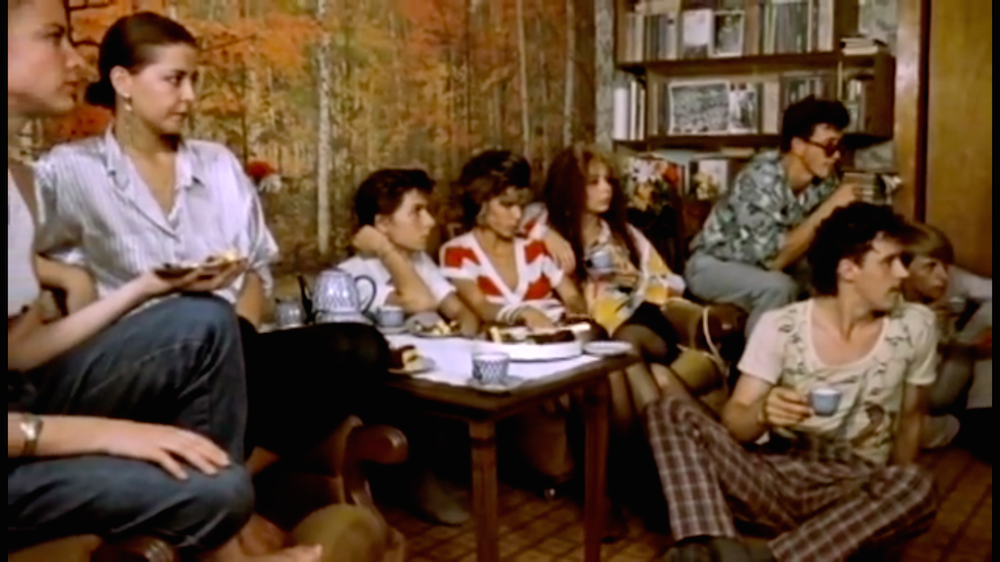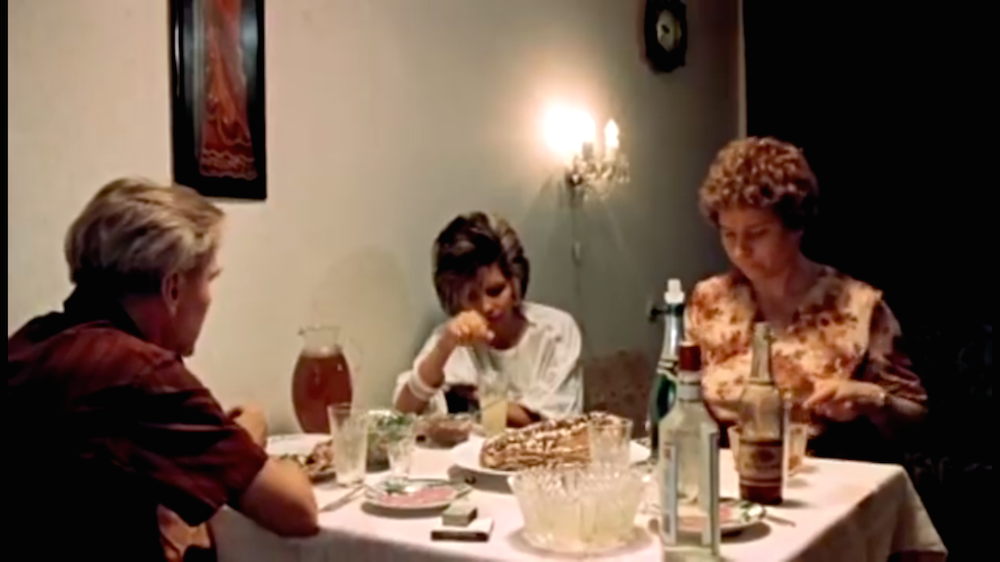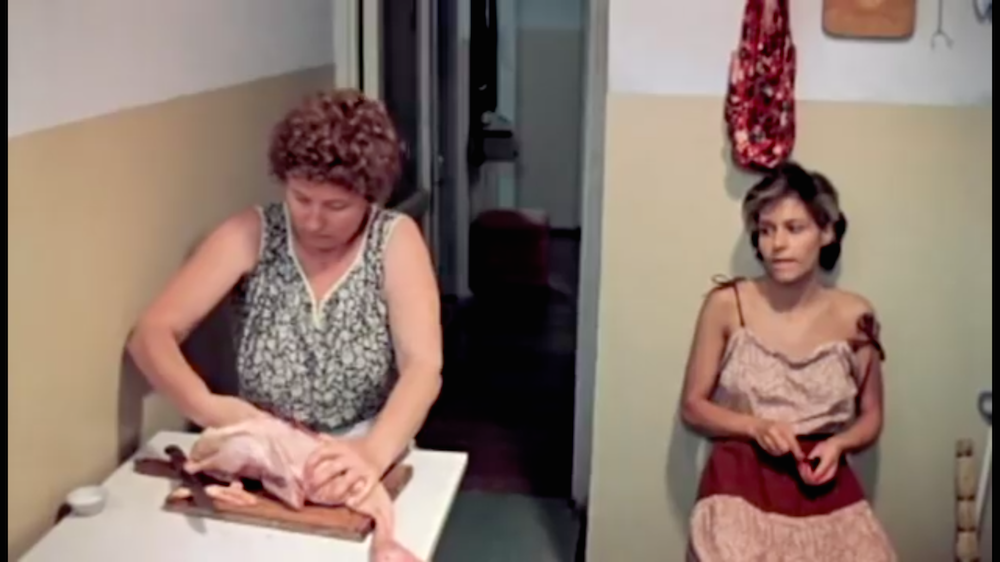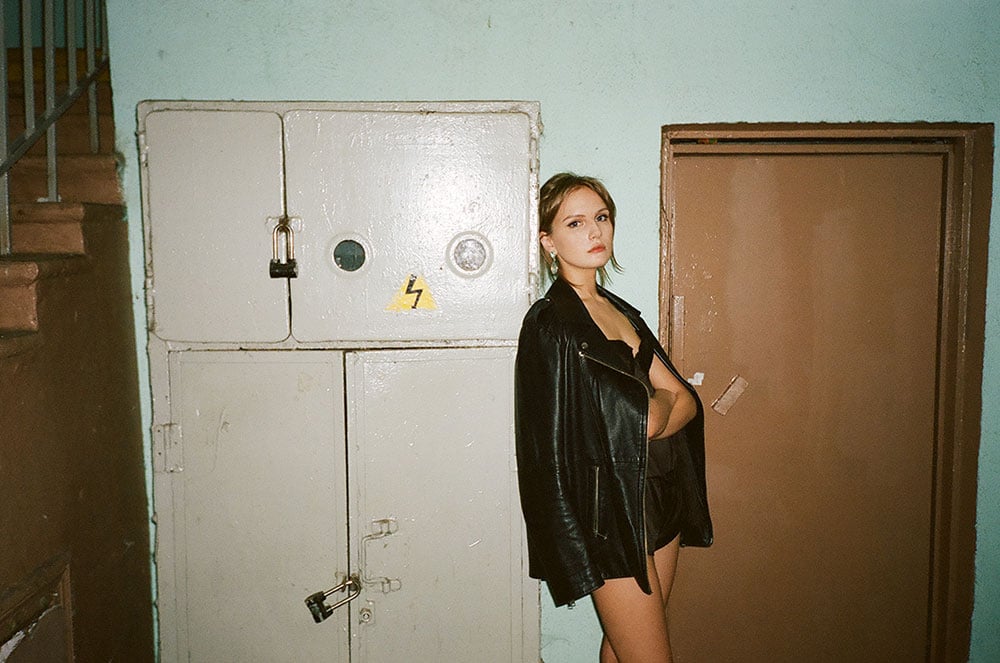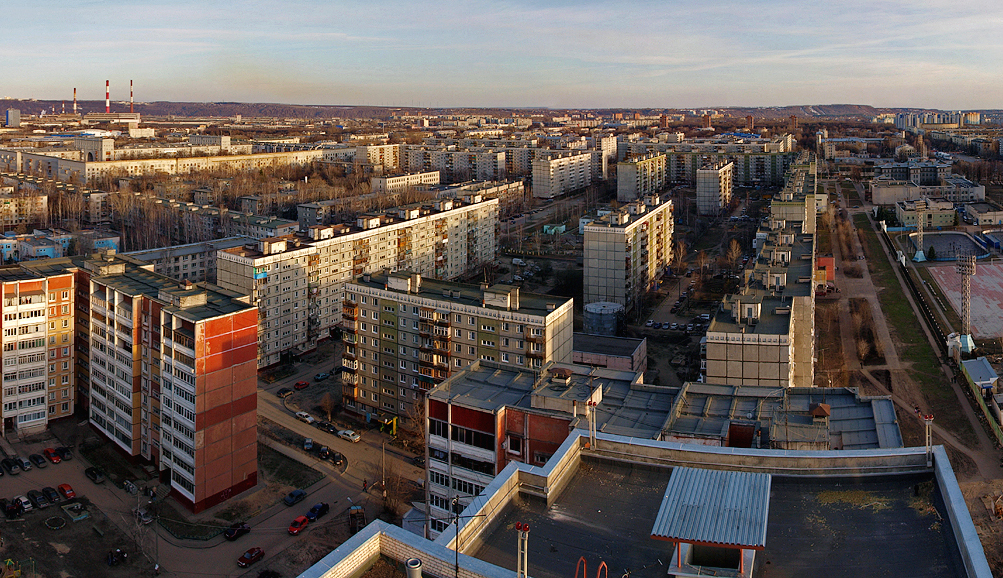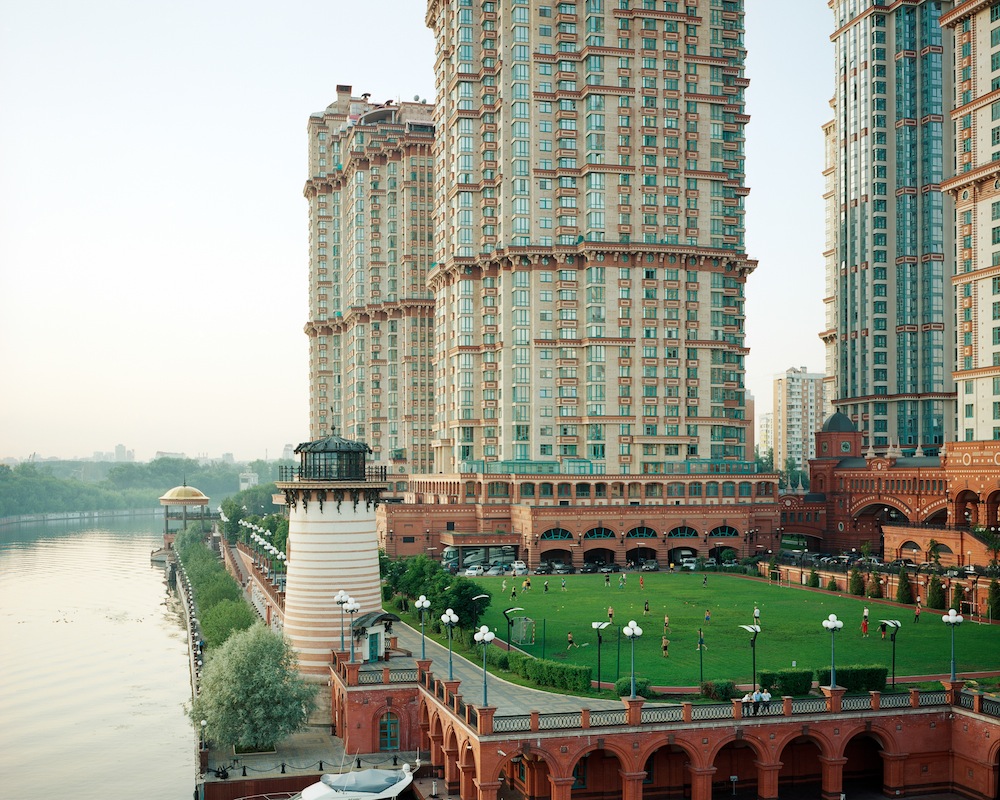Attack the block: what will the upcoming khrushchevki demolitions mean for Moscow?
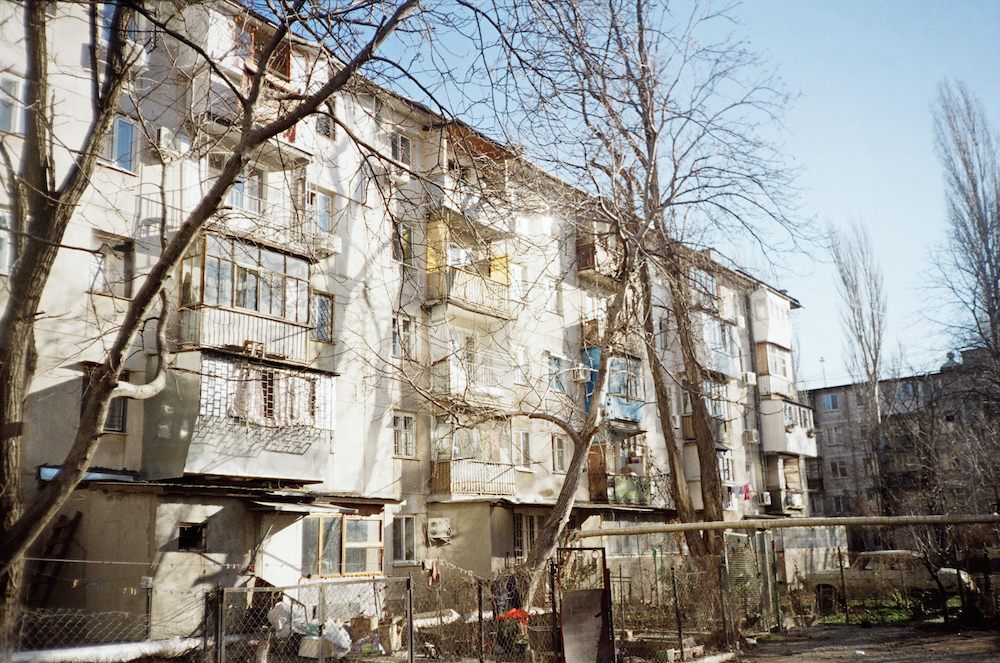
Moscow’s much-maligned khrushchevki apartment blocks are now officially living on borrowed time. Why are they so hated, and will their replacements fair any better? Sasha Raspopina argues that there's more at stake than mere domestic comforts
Khrushchevki, the infamous 1950s and ‘60s apartment buildings named after the then-General Secretary Nikita Khrushchev, are the original symbol of the Russian suburbs, long predating their now-famous tower blocks. They remain recognisable, and not always in a good way: the popular nickname for them, khruschobi, is a portmanteau with the Russian word for “slum”. The houses, built in waves since the late 1950s, have already started disappearing in a series of demolitions, but plans announced by the Moscow government in February this year are the most extensive yet: up to 8,000 buildings, currently populated by approximately 1.6 million people, are in line to be bulldozed.
The reasoning behind the plan is simple: living conditions in these homes are pretty bad. Some were intended as a temporary housing solution, a refuge for people during the time it took for communism to be fully achieved, at which point taller, higher-density buildings could be constructed. Khrushchevki represented an obvious upgrade on earlier communal apartments, where entire families sometimes had to live in one room, sharing the bathroom and kitchen with several others. It’s no surprise that, when the khrushchevki were first built, people were glad to leave grandiose pre-revolutionary houses in city centres and move out into the suburbs.
At the moment the demolition plans are at the discussion stage, with the government looking to compile a list of houses and addresses up for demolition by the end of 2017, in the meantime discussing re-housing options with the current inhabitants and apartment owners. Moscow MPs have commented that the plan is so huge it might take up to 20 years to complete.
People who live in the houses now have their doubts: some fear that they might be forced to move to a location they don’t like or a low quality modern home (although to be fair, the quality of khrushchevki has never been their main selling point). Others worry they might lose money as a result, and note that in Moscow khrushchevki often occupy lucrative pieces of land which will make the developers a lot of money. The independent Russian-language news website Meduza has even compiled a handy map of the houses that are up for demolition demonstrating that almost all of them fall within the desirable area inside the limits of the Moscow ring road.
in Moscow khrushchevki often occupy lucrative pieces of land which will make the developers a lot of money
Those worried about aesthetics note that whatever is build in place of the khrushchevki might be another example of the worst kind of post-millennial Russian architecture. These worries, however, are easily dispelled with one look at the buildings to be demolished – while it’s true that modern Russian architecture can be quite ugly, it will take an extraordinary amount of effort and evil genius to plan and build something more uninviting than a khrushchevka.
But these aesthetic concerns aren’t the only explanation for all the hate directed at khrushchevki – they possess another, symbolic significance. These houses were the result of the “no architectural excess” policy, which was decreed by the Party in 1955 and signified the end of official Stalinist classicism. You’ll rarely find a khrushchevka with any decorative elements on the façade or elsewhere. Apart from being temporary, the houses were supposed to represent the victory of function over superfluous design.
This war on luxury carried over into the interiors. Apartments were so cramped that living rooms were often turned into bedrooms at night, with the kitchens in some khrushchevki as small as five square metres. The rooms were so tiny that one could scarcely decorate them with bourgeois extravagances like display cabinets – although many still tried, resulting in absurd situations in which people basically lived in lavishly decorated cupboards.
Many of the apartments in khrushchevki also ended up inhabited by many more people than originally intended – for instance, several generations of one family – as a result of housing crises. Many also note the grimy stairwells, bad electrical wiring and other features that, though not making life in khruschevki inhumane, certainly make it uncomfortable – like having a small stone in your shoe.
the houses were supposed to represent the victory of function over superfluous design
Khrushchevki were never poeticised the way high-rises are today. However, they did earn their own spot in Russian and Soviet cultural history: they are the most obvious and frequent setting for films and novels depicting life in the USSR. Narrow corridors, tiny rooms with carpeted walls and courtyards circled by ever more blocks form such a common a backdrop that they almost cease to be noticeable, the perfect generic setting. Conversely, these houses are also symbolic of dissident conversations in tiny kitchens, TV sets showing Swan Lake instead of protests during the attempted coup in 1991, and so much more; the turning points in history materialised in their interior design. These days they inspire a constant stream of “meanwhile in Russia”-style memes and art projects.
There is also the nostalgic aspect. For anyone who spent any time growing up in a khrushchevka the image of the blocks we had as children in the ‘90s clashes with how we see them now. The slightly depressing buildings that we try to avoid when house-hunting today are also the symbolic playgrounds of our childhoods. The courtyards and the actual play areas were neglected but still fun; the rooms of the apartments were small but you don’t really need lots of space as a child as long as you had a Dendy console and some 1,000 piece puzzles. The stairwells were the stuff of legend: despite their slightly mouldy smell they were somehow always the perfect temperature, warm in the winter and chilly in the summer, and the first step inside from playing in the July heat or December snow was always a brief moment of pure bliss. The advantage of not really knowing any better combined with a child’s ability to accept things at face value worked well for the blocks. But at some point, growing up, you learn that this is not just “home”: it’s a khrushchevka.
The slightly depressing buildings that we try to avoid when house-hunting today are also the symbolic playgrounds of our childhoods
Finally, the khrushchevka is the ultimate physical manifestation of the failed communist utopia, and a symbol of frustration with everything that has gone wrong over the last 40 years or so: stagnation, multiple crises, economic, social and other hardships of the Soviet and post-Soviet periods. But will demolishing the physical manifestation of all these things change how we see our history? Will people moving out of shabby Soviet houses end up feeling differently about their lives? It depends on how the project is planned and how smoothly it runs – bureaucratic obstacles, corruption and indifference to the opinions and individual circumstances of people affected will only cause further frustration and serve as a reminder of Soviet times. The project takes place at a time when, on the national level, many talk of worrying signs of the old regime’s return; locally, the level of trust Muscovites have in their government is low. Any additional reasons for dissatisfaction will cause permanent damage to the relationship.
